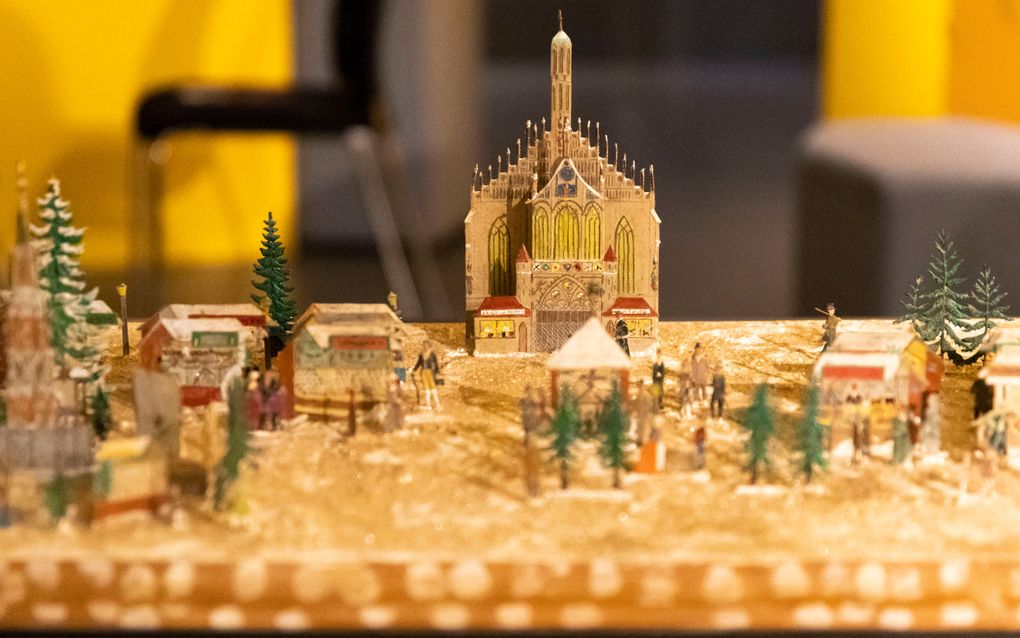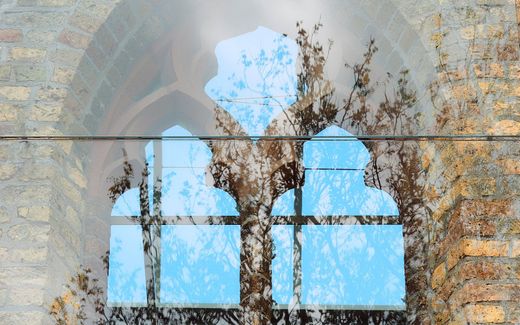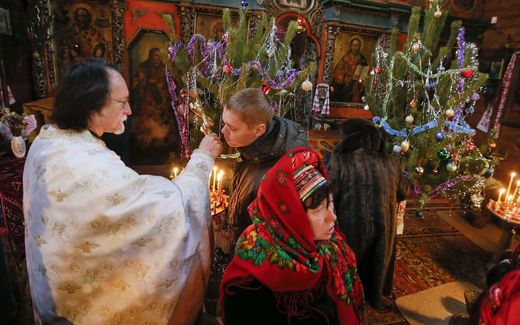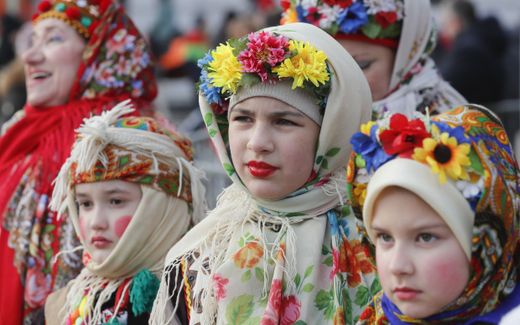German museum exhibit explores historical myths behind Christmas

Tin model of a Christmas market. Photo Bibelmuseum Bayern, Valeska Rehm
Central Europe
A Bible Museum in Germany’s Bavarian region has launched an exhibition that explores the popular myths and truths of Christmas.
Entitled “Symbolic: Christmas!” (Symbolträchtig: Weihnachten!), Nurembrg’s Bibel Museum Bayern gives visitors a tour-de-force of the holiday’s pagan origins and explores common motifs from the Gospels. The interactive display began on November 24th, according to reporting from Sonntagsblatt. Visitors also learn that some Christmas customs are not necessarily Biblically accurate. Take for example the scene of shepherds herding sheep in winter. However, the Gospel of Luke describes that there were only “shepherds in the fields.” Shepherds are not usually seen herding sheep in winter, even in warmer climates such as Bethlehem.
An Idea Pressedienst article provided more insight on the display’s most popular myths. In addition to the shepherds, some visitors are surprised to find out that the three kings are not found in the Bible. The Gospel of Matthew says that there were “an indefinite number of Persian priests.” To make matters more complicated, the German Bible translates these Persian priests as “wise men or astrologers.” The idea of the three kings was developed later, possibly arising from the three gifts of gold, frankincense, and myrrh, as said in the report. The exhibition also includes a hands-on station, where visitors can experience the smell of myrrh.
In addition to exploring Christmas’s Christianisation, the exhibition also brings out “stories of empowerment," says Sven Lichtenecker, curator of the exhibition. Rather, it “is about people who stand up to the powerful for God’s help,” he said to Sonntagsblatt. The motif of “God’s help” within Christmas also has connections to a Jewish holiday, Hanukkah. Hanukkah commemorates the rededication of the Jerusalem temple after its desecration. Lichtenecker adds that “with God’s help” the leftover oil in the seven-armed candlestick (Menorah) is thought to have lasted eight days instead of one. It was through that process that a “new, sacred oil” could be made.
With the holidays around the corner, Lichtenecker says that it is time to “get back to the heart of Christmas.” What matters is not the window dressing of which symbols and images we use when talking about the Christmas story, but about the core of the biblical message: God becoming man, his death and return, he said to Sonntagsblatt.
“In the end, Christmas gets its meaning from Easter,” he said.
The museum offers special, guided tours and workshops for children, teens, as well as adults, according to Bibel Museum Bayern. Tours last from 60-150 minutes and are offered in German. Workshop themes include Designing your own Christmas Card, Bible Art Journaling and Biblical Lettering on Ink & Parchment. The current Christmas exhibition Symbolic: Christmas! runs until February 2nd, 2023.
Related Articles






